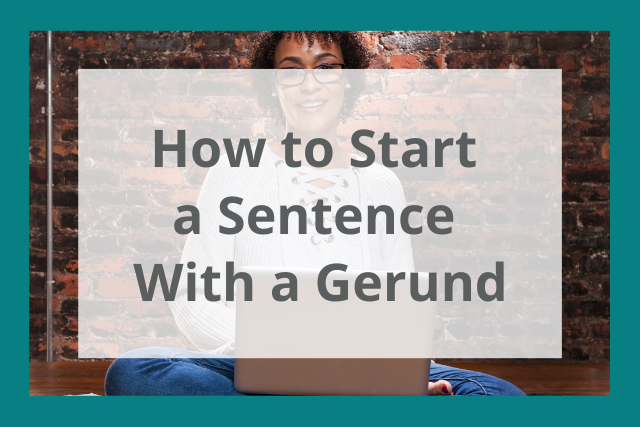
An "-ing" word at the start of a sentence is not wrong, if it is used in the correct way. Often authors use an "-ing" word, also called a gerund, to avoid using the word "I" too much.
- Taking the hint, I said goodbye.
However, you need to be careful when you start a sentence with a gerund. It can potentially cause confusion:
- Travelling north, the weather got colder and colder.
This sentence doesn't make sense as it fails to include a subject. Strictly speaking, it is the weather that is travelling north in this sentence. Adding a subject rectifies this:
- As I was travelling north, the weather got colder and colder.
It is also important to only use an "-ing" phrase when the action occurring in that phrase happens at the same time as the action in the main part of the sentence. Otherwise, you're left with something that doesn't work:
- Unlocking the door, she left the room.
In this case, it doesn't make sense for her to unlock the door and leave the room at exactly the same time. To rectify this, you need to pair two actions which can happen together and make her movement sequential:
- Unlocking the door, she sighed, then left the room.
